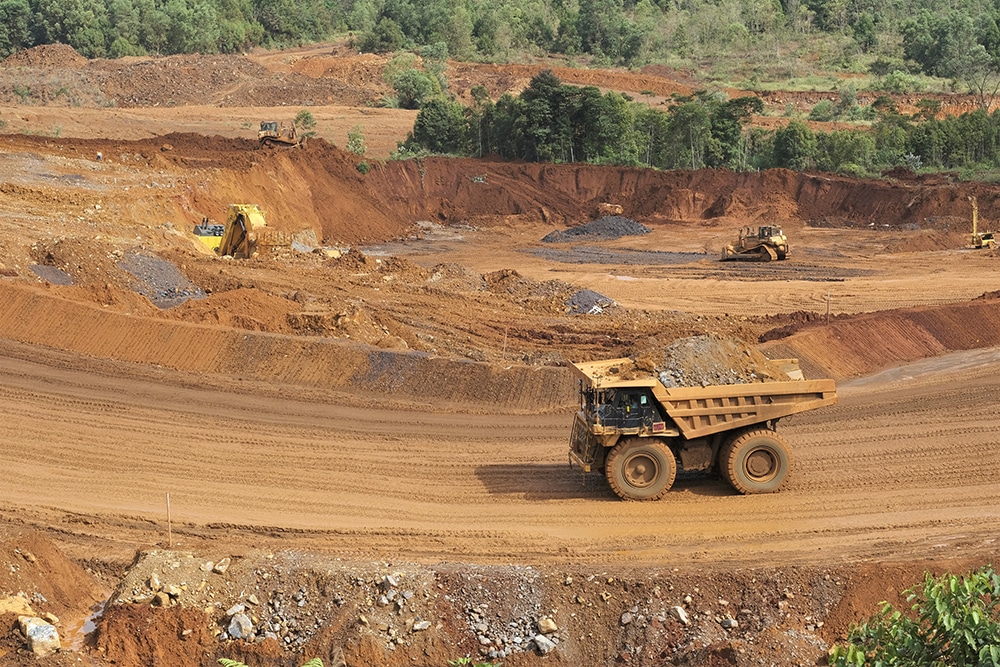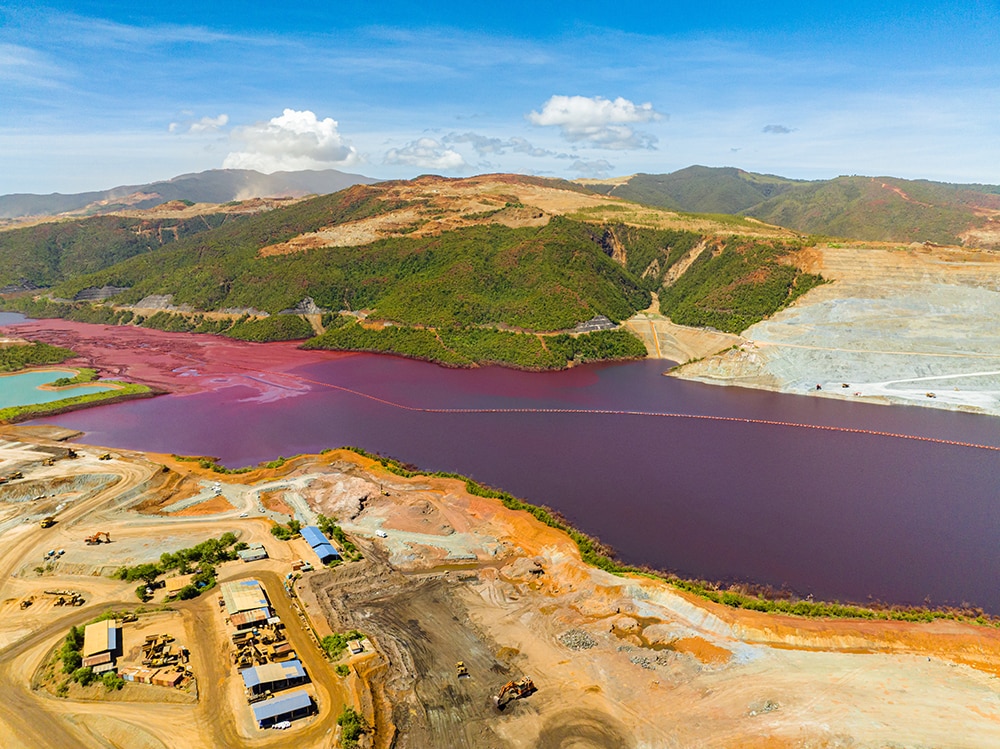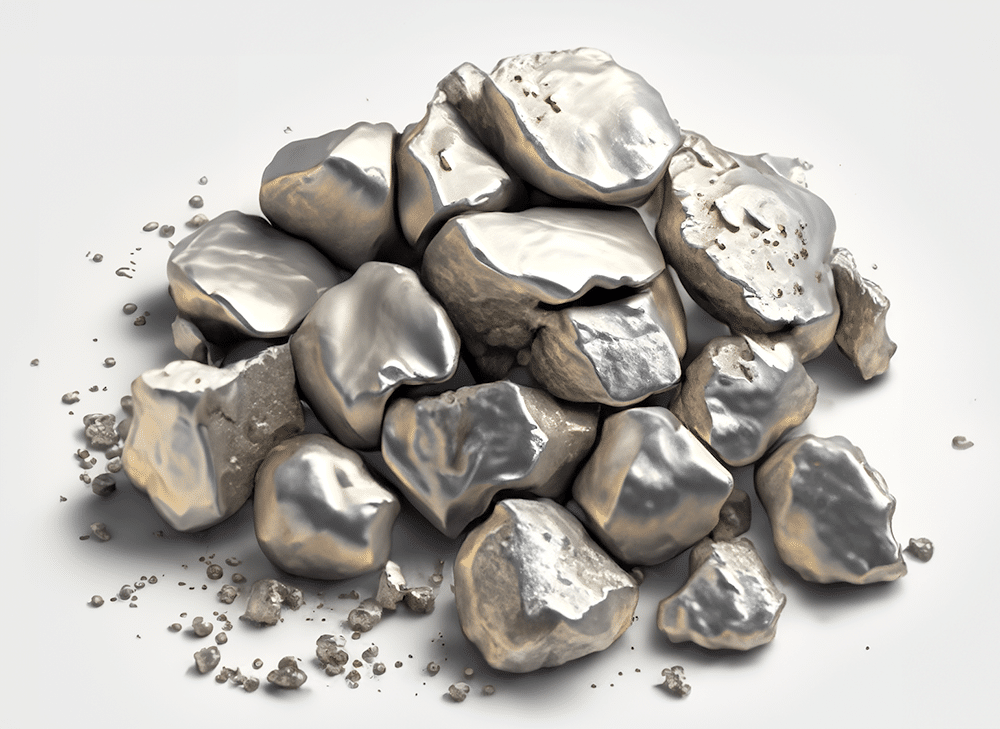Of late, nickel prices have been on the rise. More recently, nickel hit a new three-month high on the London Metal Exchange (LME), surging past US $18,000 per metric ton. The price of this material, which is crucial for making stainless steel, has been under pressure for months. Now, it seems to be showing strong signs of a potential rebound.
Analysts attribute the uptick to several factors, one of them being the recent U.S. interest rate cuts. Nickel prices began climbing after the U.S. Federal Reserve cut interest rates by 0.5% on September 18, the first reduction since 2020. The fear of earlier limitations on Russian nickel exports is also fading since large volumes of Russian nickel remain stored in LME warehouses, despite ongoing sanctions.

Although Russian nickel’s share in the global market continues to gradually decline, the stockpiles at LME have remained mostly unchanged, resulting in an oversupply. A third reason for this newfound “love” of nickel is the fiscal stimulus announced by China a few days ago.
Download MetalMiner’s free Monthly Metals index report to stay updated on price trends, market intelligence, and outlooks for 10 distinct metal industries, including nickel.
It’s Not What It Seems on the Surface
As far as nickel is concerned, that’s only half the story. Behind the trading scene, an unsavory tale of labor rights violations and environmental damage in Indonesia, where almost a quarter of the global nickel reserves exist, continues to unfold.
A few weeks ago, the U.S. Government raised concern over the use of forced labor in Indonesian nickel mines. Currently, the archipelago contributes about 55% of the world’s nickel production. While analysts expect this figure to increase, they also say it could be at the cost of the local farmers, who may see their farmland seized for nickel production.

As with many other metals, the Chinese Government continues to flood the nickel market with cheap exports to stall the progress of American mines. The administration introduced nickel tariffs earlier this year, but some analysts say this measure has not had the desired effect. The argument is that the tariffs only targeted direct imports from China, which make up a small portion of U.S. supply.
Despite its abundant nickel reserves, the U.S. has only one operational nickel mine. Meanwhile, the complex federal permitting system has bogged down efforts to tap into this resource. In fact, a US $1.7 billion copper and nickel mine project in northern Minnesota was scrapped when the U.S. government canceled its leases and imposed a 20-year mining ban in the region.
Cut metal expenses without compromising quality using the Monthly Metals Outlook report. Start with a free sample report snippet and subscribe for ongoing savings.
Buyers Continue to Focus on Potential Mining Violations
Meanwhile, Chinese firms have managed to bypass sanctions by investing in Indonesia’s nickel industry to the tune of $30 billion, pushing production fourfold in the past decade. Indonesia currently employs more than 6000 workers in the industry.

However, of late, there have been multiple accusations that Indonesia’s global nickel dominance may stem from environmentally destructive practices and exploitative labor conditions. Moreover, the price advantage of Chinese-backed Indonesian nickel producers is so significant that Western miners are urging commodity exchanges to differentiate between “dirty” nickel and the more expensive “clean” alternatives.
Nickel Prices Surge in SE Asia Over Iron Shortage
Just a few days ago, China’s largest nickel producer, Tsingshan, reduced its production in Indonesia, blaming the shortage in iron ore supply on delays in the approval of mining quotas. These delays have driven up production costs, forcing smelters in Indonesia to look at importing iron ore from nearby Philippines, which happens to be the second-largest nickel producer in the world. Indeed, in just a year, the volume of Philippine ore imports surged nearly tenfold.

Because of the shortage of ore from Indonesia, nickel prices are now up more than 45% since the end of 2023. Philippine ore prices, on the other hand, have surged nearly 30% during the same period. Additionally, the price of Indonesian nickel pig iron with 10-16% nickel content has increased by over 8.4%.
Receive weekly updates and market intelligence on nickel, helping your company adapt and thrive in the face of changing demand dynamics. Opt into MetalMiner’s free weekly newsletter.




